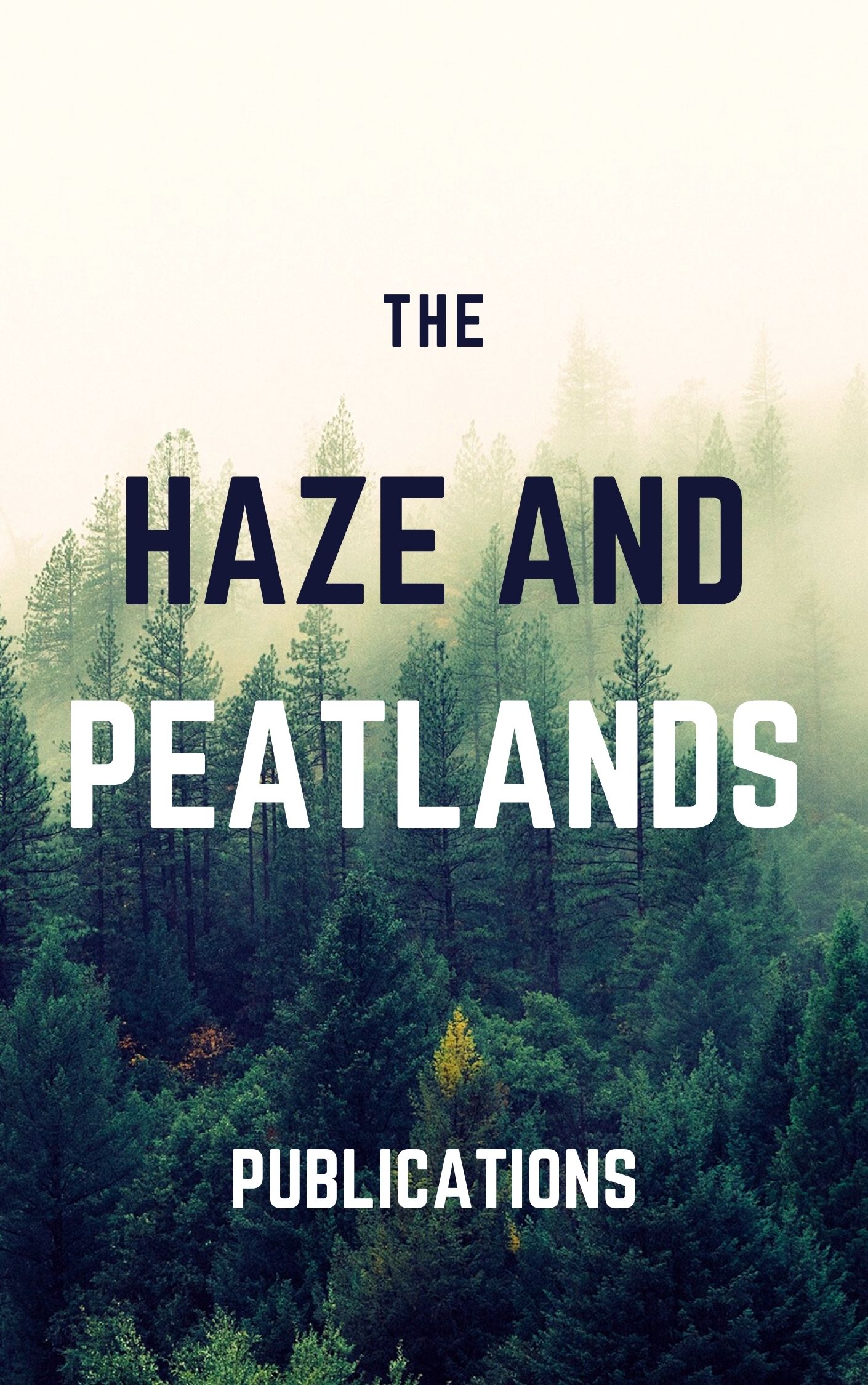Background. Peatland wildfires involve flaming vegetation and smouldering peat. The smouldering behaviour strongly depends on peat moisture, which can change significantly and quickly due to weather or human activities. Aims. We simulated wildfire in peatlands at the field scale and, for the first time, included daily variations of peat moisture. Methods. We developed KAPAS II, a cellular automaton that includes flaming and smouldering, and coupled it with PEATCLSM (Catchment Land Surface Model) for peatland hydrology. Key results. Compared with the satellite observations over 90 days of a 2018 wildfire in Borneo, KAPAS II predictions provide good agreement for burn scars (79% accuracy) and for the number of smouldering hotspots (85% accuracy). For the same burn scar, the model predicts that 54 ha of peat would smoulder when considering daily moisture variations, but only 12 ha if moisture was constant. Simulations at the same Borneo location, but in different years from 2000 to 2019, show the importance of seasons and climate events like El Nino. Conclusion. Temporal variations in peat moisture, which are strongly influenced by weather and climate, are important to predict the behaviour and severity of peatland wildfires. Implications. This model improves our understanding of wildfire behaviour in peatlands and can contribute to its mitigation.
View source

